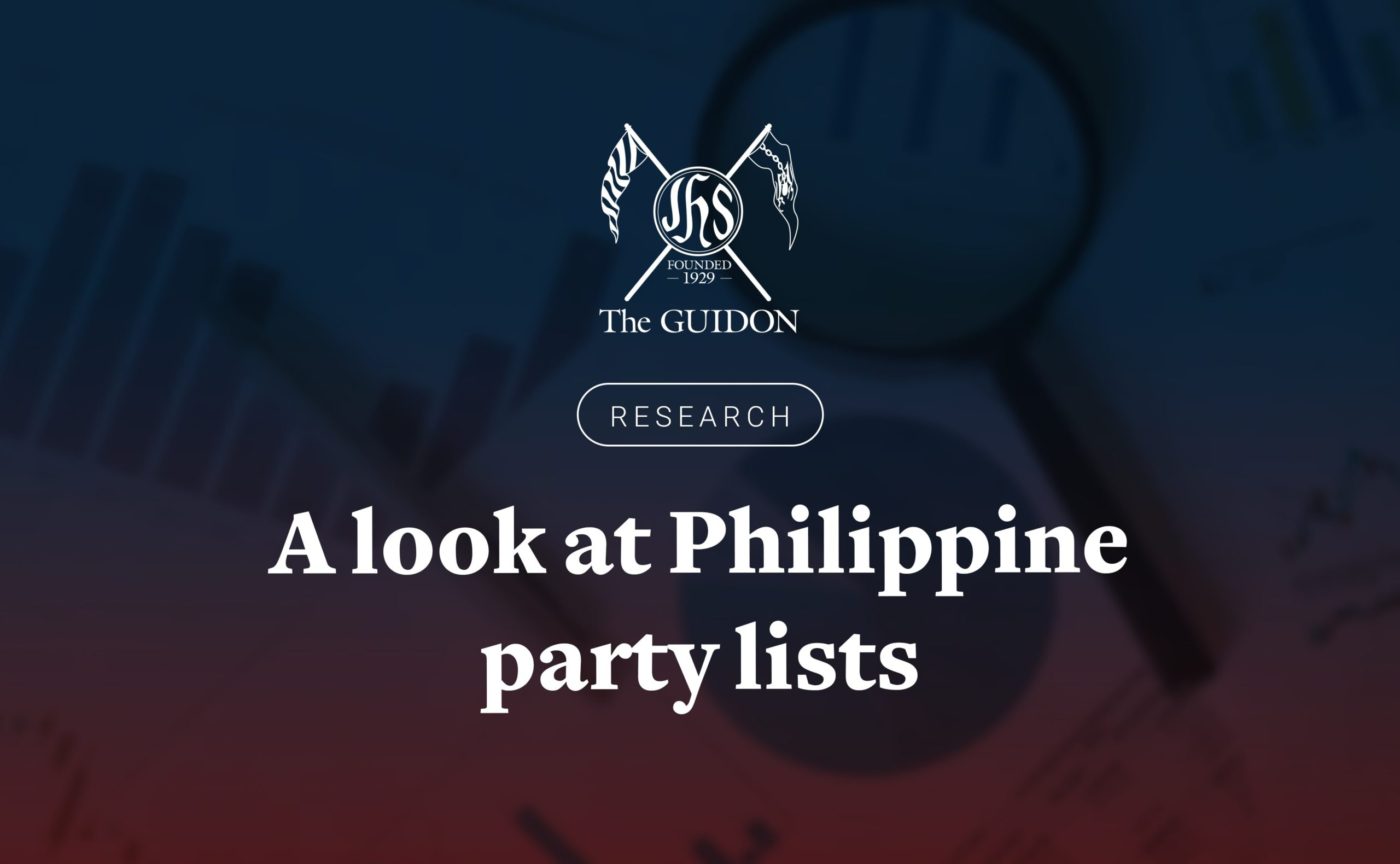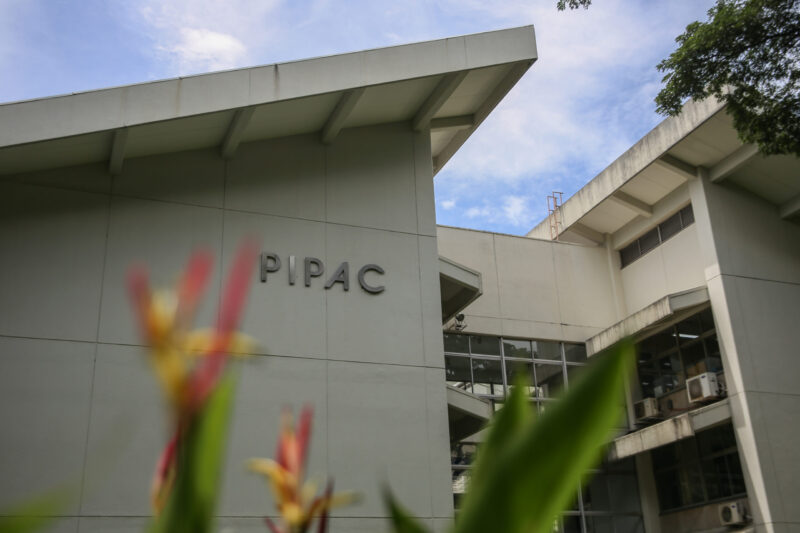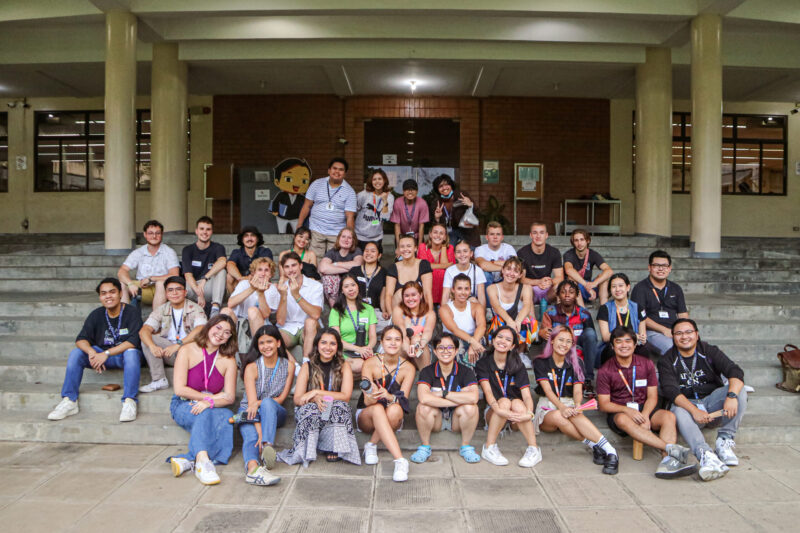With the local and national elections on May 9, Filipinos are anticipating a new President and Vice President. Media headlines come to the scene by strengthening that anticipation. All this unmasks an alarming reality: There is an often overlooked legislative branch known as the lower chamber of the House of Representatives.
The House of Representatives is composed of members from various congressional districts and party lists. While congressional district representatives receive a favorable number of votes, roughly 34% of Filipinos are unaware of the party list system, while 37% of the voters in the 2019 midterm polls even completely abstained.
There then arises a need to discuss the party list system and provide information surrounding the party lists. After all, fostering a society of informed Filipino voters is paramount not only in emphasizing the significance of party lists in governance but also in ensuring competence from them.
The party list system
According to Republic Act 7941 or the Party List System Act, the party list system seeks to promote proportional representation of electorate divisions in the House of Representatives through registered organizations.
These party lists are expected to partake in the legislative branch on behalf of marginalized and underrepresented sectors, among others, as they constitute 20% of the total number of members of the House.
For these party lists to be elected, however, at least 2% of the national vote should be casted for them to be entitled one seat. Party lists exceeding 2% shall get not more than three seats with respect to their total number of votes.
Voters are allowed to vote for only one party list, and they must also note that the full name of the party lists are different from what is written on the ballot. More often, the names on the ballot are mere initialisms or acronyms of the complete party list names. Hence, it is expected that voters are acquainted with both versions—the name on the ballot and the complete name. It is also important that the voter is aware of the number of the party-lists on the ballot for convenience.
In the context of the May 2022 elections
From the list of candidates released by the Commission on Elections (COMELEC), there are 171 party list groups running on May 9. Among these, 51 are incumbents seeking reelection after winning the 2019 midterm elections that had a voter turnout of 74.31%, filling 61 seats in the House.
The seats were distributed as follows: ACT-CIS and Bayan Muna earned three seats each; AKO Bicol, CIBAC, Ang Probinsyano, 1PACMAN, Marino, and Probinsyano Ako earned two seats each; and the remaining 43 groups earned one seat each. The eight party lists that had been allotted three seats accounted for 30.63% of the total votes casted, 9.51% of which was earned by the highest ranking ACT-CIS—a known Duterte-loyalist.
Beyond these re-electionists, Akbayan and Makabayan bloc member Anakpawis—among others—hope to return to the House this year after failing to secure a seat in 2019 amid the debut of aforementioned groups. More important than noting the affiliations of these groups is assessing their performance and respective platforms.
Performance of reelectionists
One way of measuring the performance of elected partylists is by calculating and comparing the average number of bills and resolutions they filed during their term. Averages are used to equitably evaluate their performance as it takes into account their varying number of seats. Data was collected from the official House of Representatives website as of May 1. Only principal authors were considered.
Upon calculating the average for each of the 51 partylists in the 18th Congress, the highest performing partylist is Bayan Muna, a party list that seeks to represent labor interests, with one representative authoring 783 bills and resolutions. Some of their policy positions support national sovereignty, human rights, genuine land reform, national industrialization, and environmental protection.
On the other hand, the worst performing was Duterte Youth, a party list that supports President Rodrigo Duterte and seeks to represent the youth despite representatives coming from outside the sector. Duterte Youth averaged a measly 13 bills and resolutions filed.
The mean performance of all 51 partylists stands at 189.8 bills and resolutions filed.
Platforms of new party lists
With the May 9 elections comes the introduction of 49 new partylists vying for the people’s vote. Of these party lists, 39 have presented their platforms, mission, and vision to the public via their pages, flyers, or websites, while 11 have not made them visible to the public.
After conducting random sampling among the new party lists, five were selected to better understand the advocacies of these newcomers. One can expect to find more information on these and other new party lists on their respective social media pages and websites. Among the newly registered party lists are the following:
- Damayan: Damayan’s primary goal is centered on promoting the growth of Filipino individuals through programs relating to livelihood, employment, healthcare, and mass transportation, to name a few.
- Akap Pinoy: Advocating for economic growth, Akap Pinoy promises promotion of the rule of law, which the group recognizes as essential in achieving equal opportunities for all in the market.
- Hugpong Federal: Hugpong Federal advocates for a shift to the federal system. With this, they hope to distribute decision-making evenly and craft laws to align existing laws with that of a federal government.
- Tulungan Tayo: In the vein of providing a voice for the underrepresented members of the community, Tulugan Tayo aims to develop better informed, enlightened and discerning citizens working for their socioeconomic, political and spiritual upliftment for community development.
- Ang Kabuhayang Kayang Kaya (AKKK): AKKK envisions to be a leading reliable and responsive advocacy organization assisting in the establishment, development and promotion of livelihood opportunities for micro, small and medium enterprises through a sustainable convergence livelihood and social entrepreneurship framework.
With platforms that span across different sectors, the freshly minted party lists vying for a seat still must face the biggest challenge: Convincing voters to cast a ballot for them.
Beyond the Stereotype
Despite being known as “bastardized” or dominated by trapo interests, the party list system remains a key opportunity for marginalized groups to represent themselves in government. The emergence of sectoral representation in some laws proves that the system is not for nought. Even newcomers showcase platforms that benefit specific groups of Filipinos.
The potential of this system to create policies that benefit underrepresented interests only proves that one’s party list vote demands as much consideration as that of a president’s. One can only hope that after careful deliberation, determining which of the party-lists can lead one’s personal advocacy toward legislative representation.







